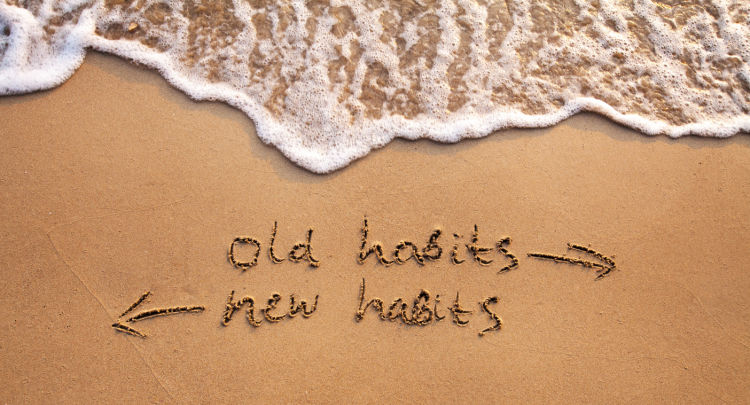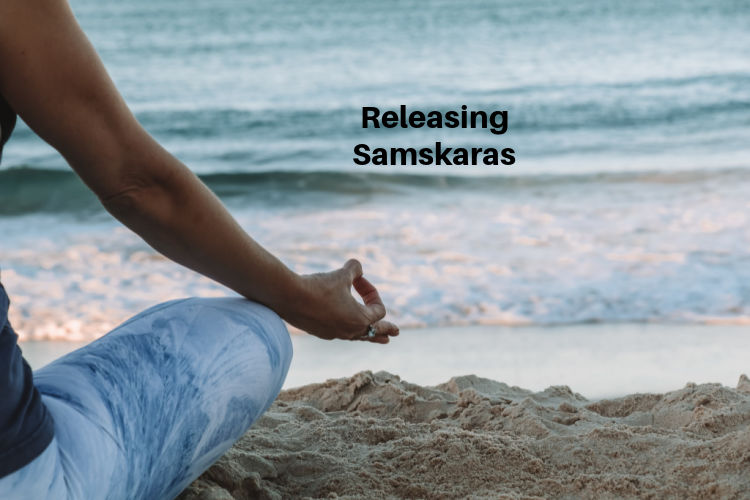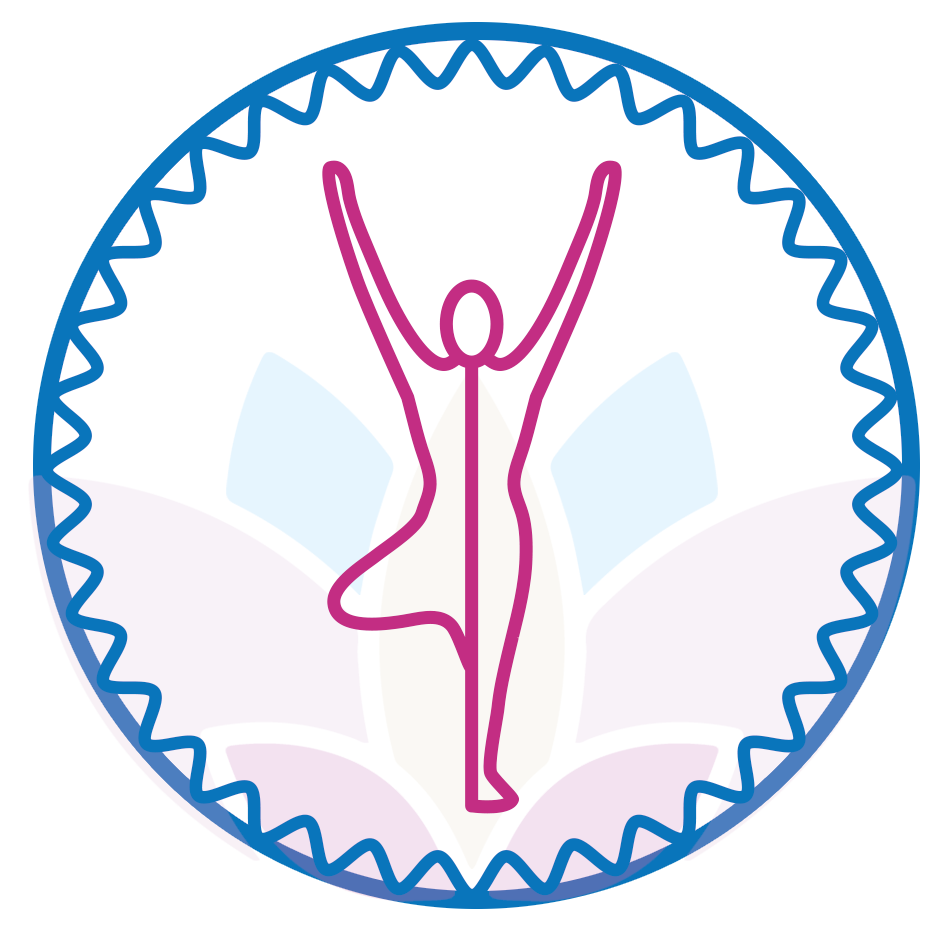
Some Habits Serve Us and Some Don’t!
Can you name one thing that you do repeatedly without thinking? I can name quite a few that serve me daily: brushing my teeth in the morning and night, taking my vitamins three times each day, drinking only water daily, doing my HeartMath® practices several times a day, getting on my yoga mat daily, taking a walk daily, using my Neti Pot every night, etc. These are some of the helpful habits I have developed over years of repeated practice. Habits don’t use too much mental energy so I appreciate having these goods ones. They feel easy because I have created a well-worn path in my body and nervous system to activate them.
However, I also have developed harmful habits that may have served me in the past, but no longer serve me. Here is a couple of them: assuming something is wrong when I don’t hear from my children, feeling like I hurt someone’s feelings if they get too busy to call me or come to my yoga classes, rushing around too much because I feel like my worth is tied to what I accomplish daily, being a perfectionist on too many things in my life. These also happen without much conscious thought, but their well-worn physiological and psychological grooves are interfering with my happiness and health.
In yoga, our long-term habits are known as Samskaras. As I mentioned last week, (see post) they are deeply carved grooves or ruts in our bodies and our lives that sometimes do not serve us. They are also very difficult to change and can cause a great deal of emotional noise inside our heads when we are struggling with outside forces. These habits are based on deeply held attitudes and emotions that could be associated with past events or traumas.

Seven Steps To Release Old Habits and Form New Ones
Yoga has some beautiful practices for working through Samskaras on the yoga mat that over time can be translated into your daily life. Much of what I am teaching and sharing about how to release these old habits or Samskaras comes from Bo Forbes, a Yoga Therapist, and Author. Other parts of this work come from HeartMath®, Gentle Somatic Yoga® by James Knight, and a variety of other energy workshops I have taken.
There are seven steps to follow for releasing negative habits or Samskaras according to Yoga Therapist Bo Forbes.
- Sankalpa or Intentions
- Tapas or Intensity
- Shani or slowness
- Vidya or Awareness
- Abhaya or Fearlessness
- Darshana or Vision
- Abhyasa or Practice
Step 1) Set your intention or Sankalpa. Here is an example of one that I set for releasing the habit of my need to be busy all the time to have self-worth. “I am flowing through my day without the need to constantly prove myself.” It is your turn! Do you have one that works for you? Keep it positive and in the present tense.
Step 2) Generate intensity and perseverance for changing this habit. This is known as Tapas. As Forbes puts it, you will need perseverance because “falling back on our old habits, however unhealthy they may be, can feel like a comforting release in the short term.” It takes intensity to keep the flame of change going because these changes will not happen overnight.
Step 3) Slowing down to notice the habit as it is happening. This is known as Shani. Since these habits are so instinctual, they bypass the thinking part of your brain. It happens in the blink of an eye. Forbes says you can imagine what top-level athletes do. They observe in slow motion so they can detect movement patterns and impulses. We can do the same. This is the reason in GSY®, that we slow down all of our movements to lengthen the time between our impulses and actions enabling us to make more conscious choices. I often remind my students and clients to slow down in movements like the one demonstrated in the video below. Rather than swinging your legs side to side quickly. Try it, please!
Step 4) This is the one most talked about in yoga and in HeartMath® – Awareness. In yoga, the term used is Vidya (clear seeing). Through this clear seeing, we can recognize our physical patterns and our emotional patterns that are Samskaras. Forbes suggests asking yourself the following questions. “What does this pattern have to tell me?” This is a more reflective question than “Why is this happening to me?” When we look at ourselves with more neutrality, we release blame and work on capturing the “unseen force” as Forbes calls it. This force keeps us standing in place when we are trying to move forward. In HeartMath®, we use Heart focused breathing to become more aware of what our intuition is saying, rather than our more primitive part of the brain known as the amygdala.
Step 5) This step is one of my favorites. It is the need for fearlessness or Abhaya in Yogic tradition, to break free of the samskara. Why do we need fearlessness? Because we are leaving the known territory of our safe, old habits for the unknown territory of becoming something new. If you are a parent or remember your own childhood, you might recall how unpleasant the sensations are when learning something difficult and new. There is also the hidden grief that accompanies “the letting go” of the comfortable. You will need to be fearless on this journey. And you will fall and need strength to get up again and again.
Step 6) This step is closely associated with setting your intention. Having a Vision or Darshana of exactly what you want will help make your intention more real. In other words, it is not just thinking about what you want, it is visualizing it, smelling, it, tasting it, and feeling it. Using all your senses will make the new habit more real and more compelling. Your brain does not know the difference between perception and reality, so create the fantasy you want as if it is real and happening and watch what happens.
Step 7) This step is included in literally every new learning experience in your life. Practice or Abhyasa is how your old patterns became habits in the first place. If you want a new pattern, attitude, or emotion to stick, you need to commit to practicing it daily. Taking an “I mean Business” attitude toward changing the stuck attitude so that the new samskara becomes “more powerful than the old one” really helps, according to Forbes.
Here is a HeartMath® practice Attitude Breathing that I use for creating new samskaras.
These clips were taken from my yoga classes. Each of my classes is packed full of tools to help you be your healthiest both physically and emotionally. As an experienced teacher, my aim is to always provide the tools to empower you! If you want to join me, click here.
Namaste,
Andrea




Andrea’s weekly newsletters are so informative and helpful to me! Each one has a jewel that I take away for myself. They are a blessing.